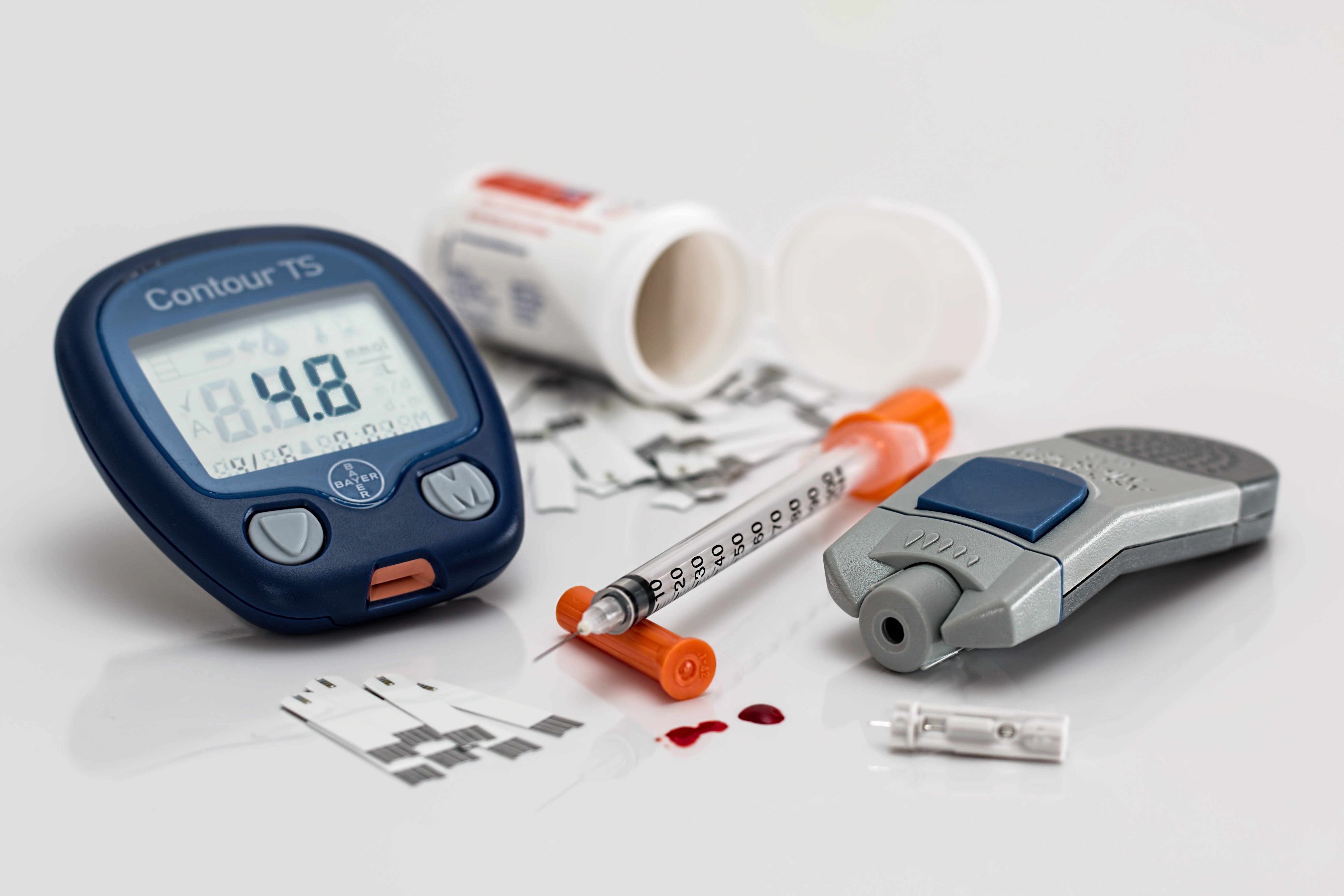Originally published in PE Hub
By Florence Comite, MD
More than half the people in California either have diabetes or are pre-diabetic, findings that suggest America’s diabetes crisis may be significantly worse than previously feared, a new study has found.
This shocking revelation underscores what those of us working in precision medicine already know: that diabetes is often not detected until symptoms are evident, even though the disorder typically takes years, even decades, to develop.
As a physician, I find this incredibly frustrating. We can see diabetes coming from miles away, and by interpreting and integrating the genomic, phenotypic and metabolomic data that signal warning, we can reverse the disease even before symptoms appear.
But for this to become regular practice requires true disruption of the healthcare business model. We need to create incentives toward a new mindset, one that would move healthcare from a model where we react to disease that has already set in to a proactive one focused on optimizing an individual’s health trajectory over a lifespan.
That presents an opportunity for biotech venture capitalists to fund new precision medicine business models and technologies that can help avert this and many other public-health calamities.
Across America, plenty of companies and clinicians are working on diabetes-related research and preventative models that could benefit from biotech VC funding.
Researchers at MIT and Massachusetts General Hospital have devised a new type of drug capsule that is coated with tiny needles. After the capsule is swallowed, the needles inject drugs directly into the stomach lining, an approach that could deliver insulin more efficiently than injections under the skin.
And Google has developed a prototype contact lens that could monitor blood-glucose levels contained in human tears, a breakthrough that could end the need for people with diabetes to prick their fingers to test drops of their blood.
Beyond these efforts, capital should be put to work to flip our disease-centric model to one that offers each individual the opportunity for a health span that lasts a lifespan.
‘Out of control’ epidemic
The UCLA Center for Health Policy Research study of 40,000 people found 13 million California adults, or 46 percent of the population, have pre-diabetes, (a precursor to life-threatening type 2 diabetes), or undiagnosed diabetes.
Among adults 18 to 39 years old, 33 percent were pre-diabetic or undiagnosed. This finding was particularly unsettling, as conventional medical assessments of younger adults and children often do not include any efforts to detect diabetes.
Combined with the 2.5 million adults already diagnosed with diabetes, 55 percent of California’s population has the disease or is pre-diabetic or undiagnosed. The study notes that the incidence of diabetes has tripled over the past 30 years.
Diabetes is a serious condition. Without treatment, diabetes can be life-threatening and can have horrific consequences, including amputations, blindness and kidney failure. Such outcomes are only the more tragic given that with a precision-medicine approach, the disease can be prevented, and even reversed, with early intervention.
“This is the clearest indication to date that the diabetes epidemic is out of control and getting worse,” says Dr. Harold Goldstein, executive director of the California Center for Public Health Advocacy, which commissioned the study.
The results of the study are significantly worse than Centers for Disease Control and Prevention statistics showing about 37 percent of Americans are diabetic, undiagnosed or pre-diabetic. Some 29.1 million have diabetes (about one-quarter are undiagnosed) and 86 million are pre-diabetic.
I have long believed that CDC data underestimates the incidence of diabetes in the United States because our medical models often are designed to detect only flagrant disease that has already erupted.
By contrast, precision medicine proactively analyzes each unique patient within the context of his or her own lifestyle, genetics and health picture over time.
A new model
Our healthcare model needs to change so we look at the whole patient, over time and with a depth of understanding of his or her individual risks.
As a precision-medicine physician taking this approach, I have seen how even patients with amazing physiques can have problems percolating under the surface.
For example, conventional blood work, typically part of an annual checkup, does not regularly include the hemoglobin A1C and insulin metrics needed for an accurate spectrum of pre-diabetic diagnoses. And sometimes, conventional approaches do not even include an adequate family history, which can provide important clues indicative of higher risk of developing the underlying condition.
Genomic data, too, is integral to identifying, predicting and reversing diseases like diabetes. In coming years, advances in genomics and precision medicine will do more to help those with diabetes.
An important study by a team at the Icahn School of Medicine at Mount Sinai in Manhattan, published in “Science Translational Medicine” late last year, shows that Type 2 diabetes is actually at least three distinct entities. Each has its own genomic and phenotypic characteristics that demand distinct and personalized clinical attention.
These findings, along with further precision tests, should eventually lead to more targeted, granular diagnostic and therapeutic guidance, tailored to individual patients.
Thanks to President Barack Obama’s $215 million initiative to boost precision-medicine research, the field is flourishing. An injection of biotech venture capital to fund precision-medicine companies can only help Americans maintain their health and avoid the consequences of diabetes and its associated diseases.
Florence Comite, M.D., an endocrinologist, is the founder of the Comite Center for Precision Medicine and the author of “Keep it Up,” a book about precision medicine.

